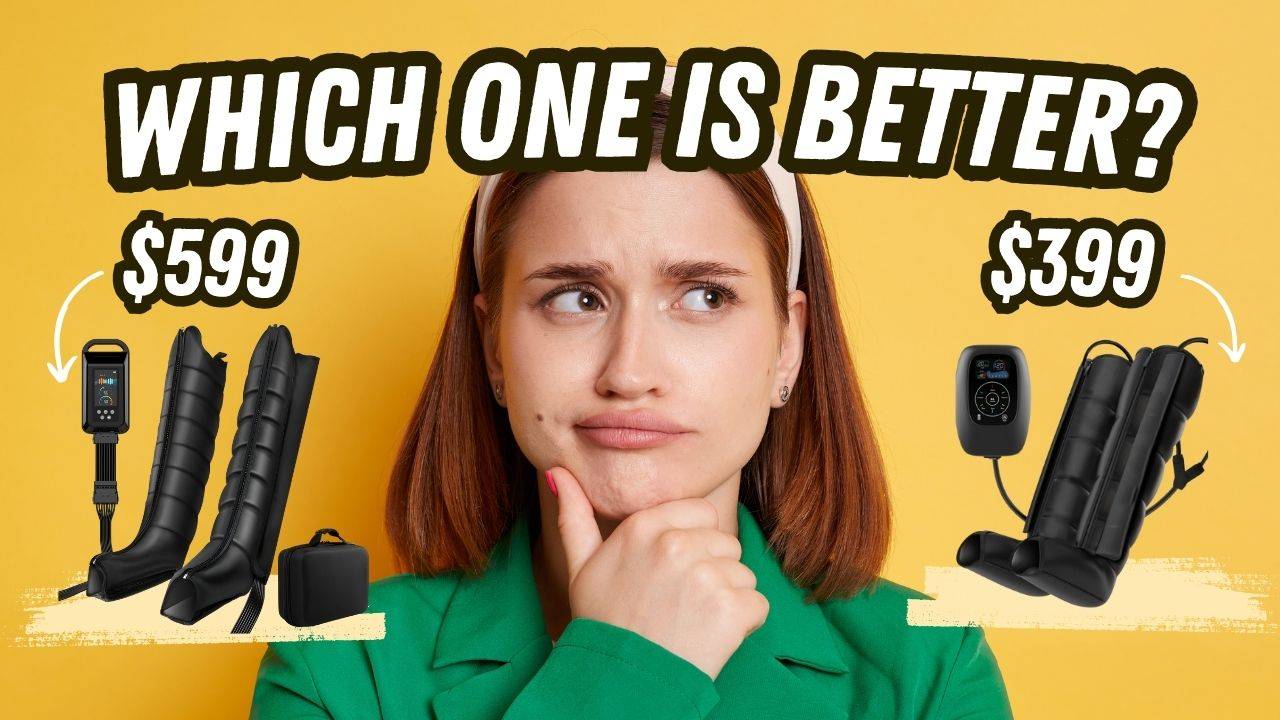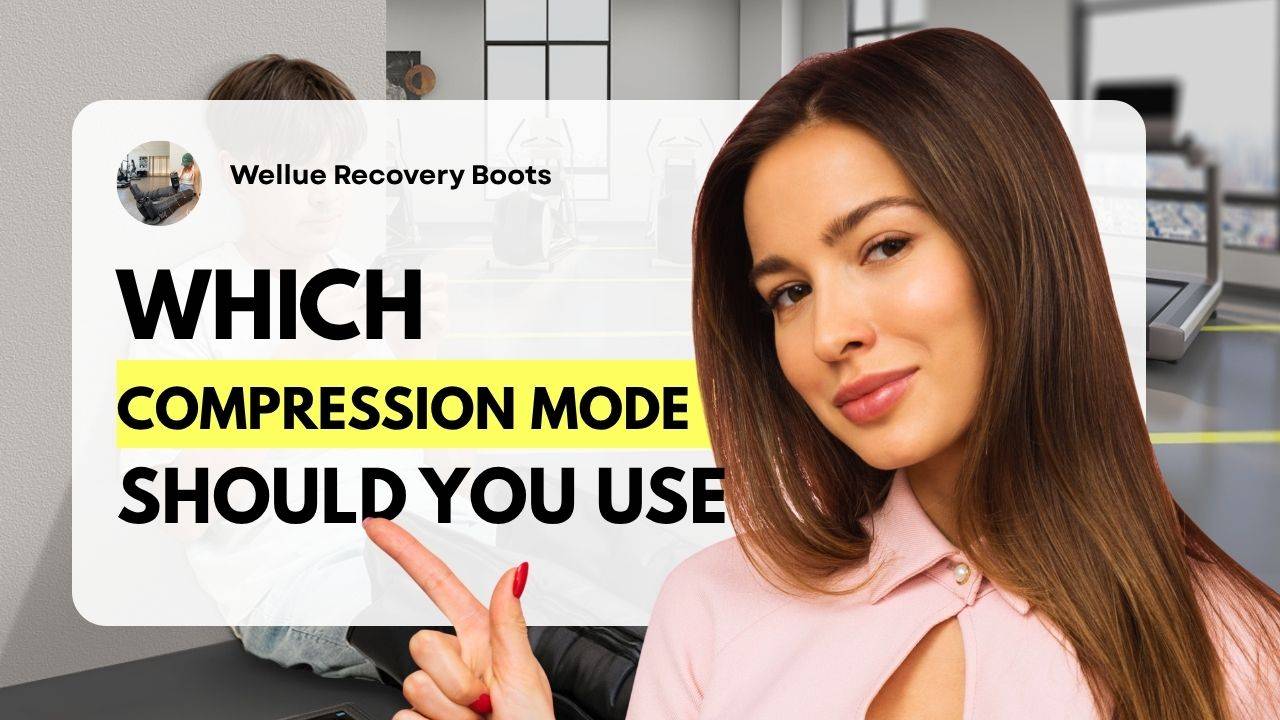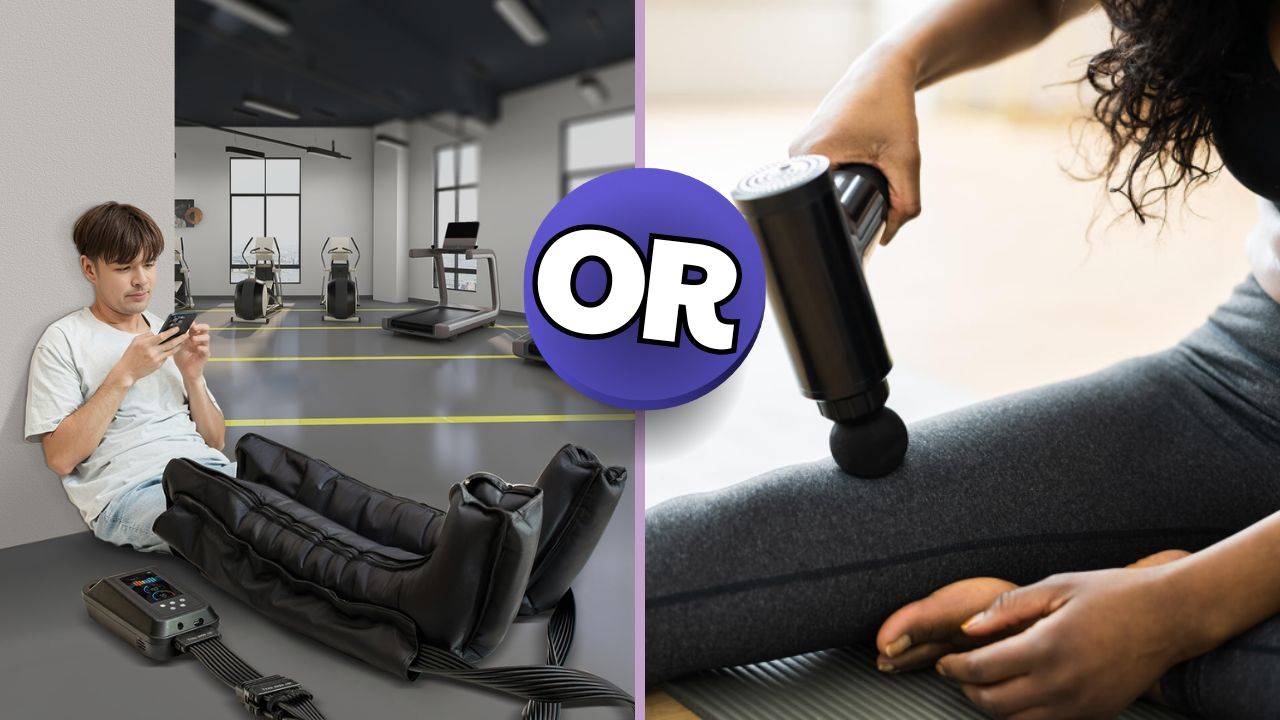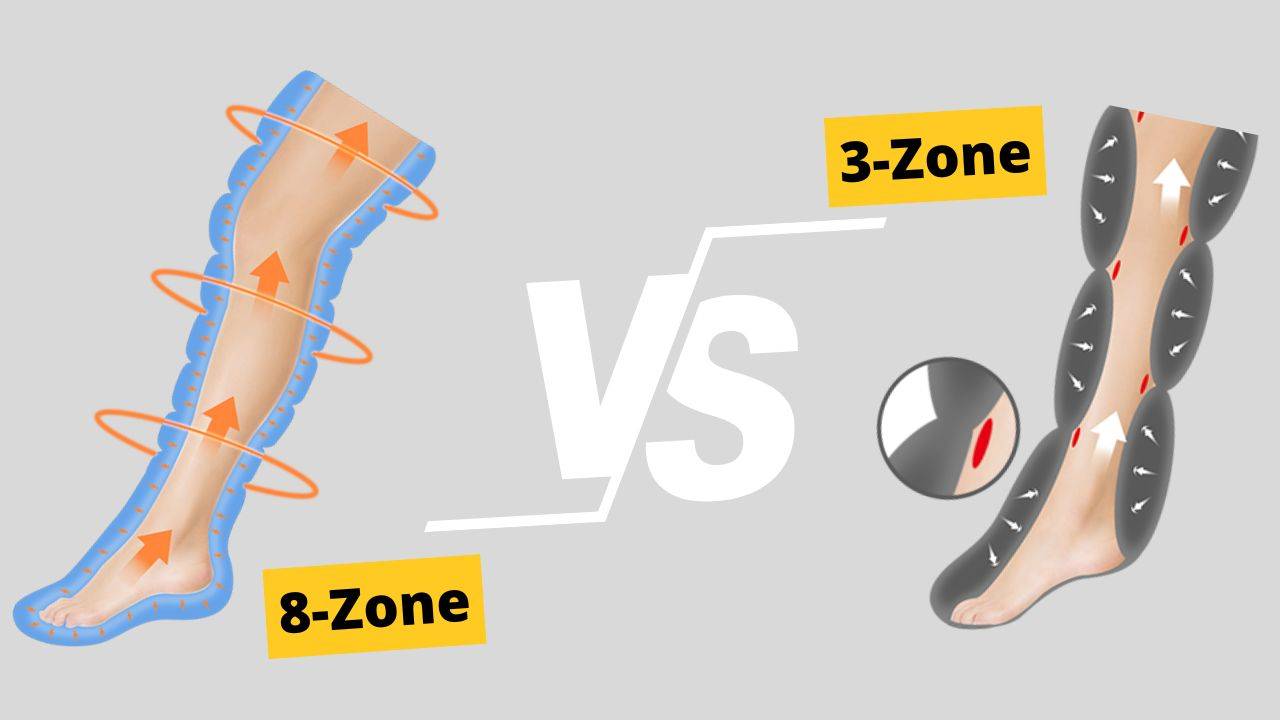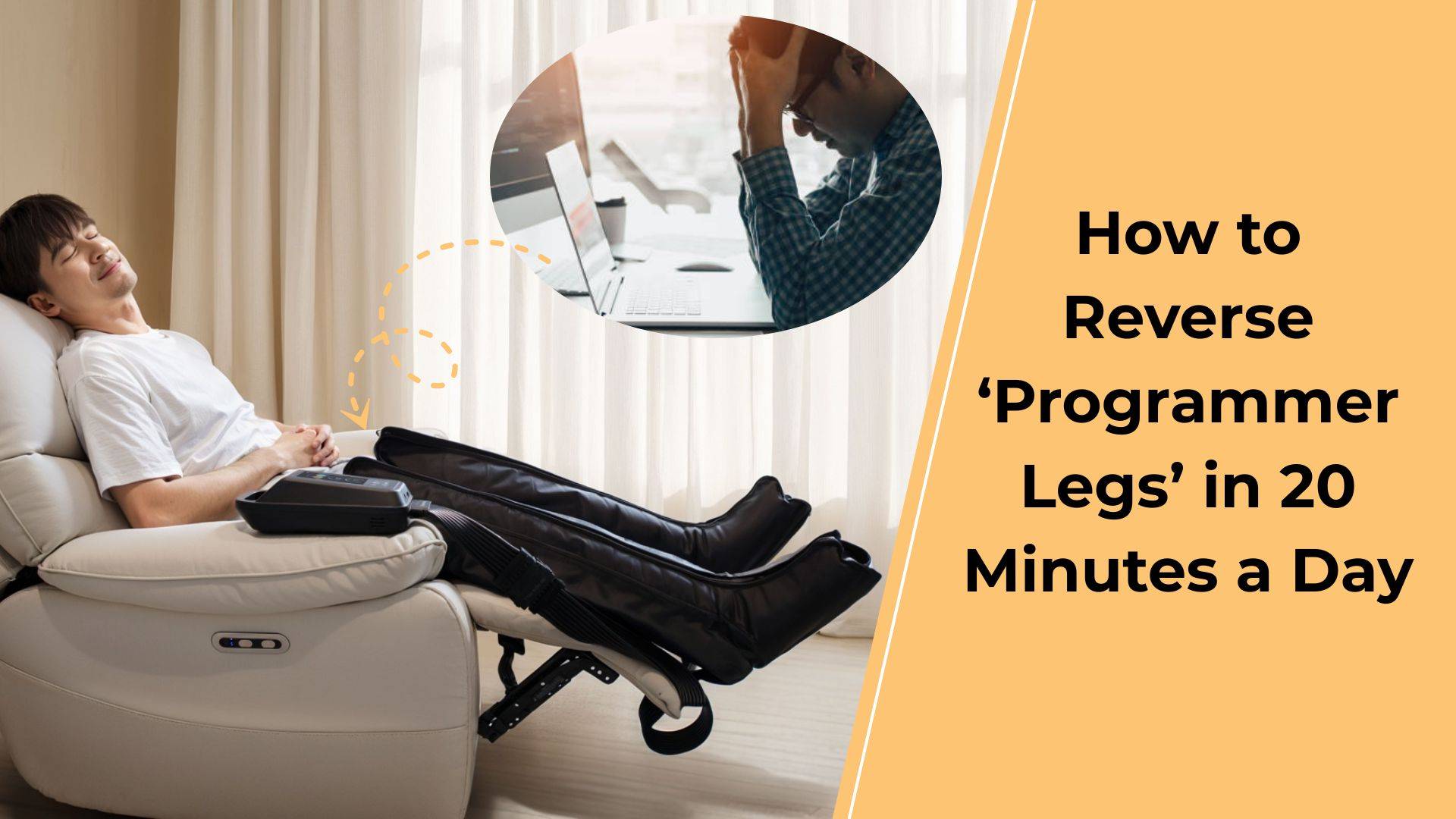Compression Recovery Boots Buying Guide
Compression Recovery Boots Buying Guide
13 Things To Consider When Buying Compression Recovery Boots
Compression recovery boots have surged in popularity among athletes and fitness enthusiasts for their ability to enhance recovery, reduce soreness, and improve circulation. However, with so many options on the market—ranging from $300 to $1,500—choosing the right pair can be overwhelming. To help you make an informed decision, here are 13 critical factors to evaluate before investing in compression recovery boots:
1. Number of Zones or Chambers
The zones or chambers refer to the independently inflatable sections integrated into the boot’s fabric design. This feature is among the most straightforward to evaluate, as it is a clearly visible design element across most models. A higher number of chambers directly enhances sequential inflation precision—the gradation and rhythm of compression—which improves biomechanical efficiency in mobilizing bodily fluids (e.g., lymphatic drainage, circulation).
The more zones (typically 4+), the smoother the pressure gradient and the more effective they are at moving fluids (like blood and lymphatic fluid) toward your core. More chambers also allow better customization of your recovery routine.
2. Do the Zones Overlap?
Compression boots work by moving fluid (blood or lymph) toward your core, which requires continuous pressure to prevent backflow. Overlapping zones ensure seamless pressure transitions, eliminating gaps where fluid could escape. Non-overlapping chambers create pressure "dead zones," reducing efficiency.
Think of it like squeezing a toothpaste tube—consistent pressure in one direction keeps everything moving smoothly. For optimal fluid movement, overlapping chambers are essential.
3. Number of Pressure Settings
The adjustability of compression boots—particularly the range of pressure settings—plays a pivotal role in optimizing user comfort. A broader selection of settings allows for precise, zone-specific customization, empowering users to tailor compression levels to their unique needs. This granular control not only enhances comfort but also ensures targeted therapeutic effectiveness, adapting to individual preferences or recovery goals.
4. Pressure Range
The overall pressure range of a compression device depends on the minimum and maximum pressure levels it can achieve in any zone. For effective fluid movement, the pressure must at least exceed your diastolic blood pressure—the pressure against your artery walls between heartbeats. While it doesn’t need to significantly surpass this baseline, some devices offer much higher pressures to simulate a deep-tissue massage.
Conversely, a device capable of operating well below your diastolic pressure can be beneficial for injuries or medical conditions where higher pressures may cause discomfort. The ability to adjust pressure levels also allows for customizable compression massages.
The best boots offer a wide range (typically 100–250mmHg) to accommodate medical needs and personal preferences. Ensure the minimum pressure exceeds your diastolic blood pressure for effective fluid movement.
5. Modes or Patterns
Since every user’s experience with compression recovery boots is unique, the variety of available modes or patterns plays a key role in personalizing your recovery. Some users may prefer a sequential fill-and-hold pattern, where chambers inflate progressively before releasing, while others might opt for a dynamic pulse-like inflation and deflation of individual chambers.
The more recovery modes a device offers, the greater the chance you’ll find a setting that aligns with your needs. Some advanced models even allow you to create and save custom routines—ideal for tailoring compression therapy to your specific preferences. This feature is often found in Bluetooth-enabled devices, adding an extra layer of convenience and personalization.
6. Session Usage Time
The length of time you can comfortably use compression boots in a single session is a key factor in your recovery experience. For most users, sessions should last a minimum of 20 minutes to stimulate proper circulation and recovery benefits. The optimal range typically falls between 30-60 minutes, providing sufficient time for lymphatic drainage and muscle relaxation without overuse.
Key considerations for session length:
- Standard Recovery: 20-30 minute sessions work well for most post-workout recovery needs
- Intense Recovery: After particularly strenuous activity, extending to 45-60 minutes may enhance benefits
- Medical Applications: Post-surgical or clinical use may require extended sessions (some up to 8 hours) with periodic breaks
Look for devices that offer:
- Uninterrupted sessions of at least 60 minutes (ideal for relaxation)
- Continuous mode options for extended therapy
- Adjustable timing to customize your recovery experience
While some entry-level models limit sessions to 15-30 minutes, premium devices often provide greater flexibility. Remember that longer isn't always better - pay attention to your body's signals and adjust accordingly. Medical-grade units typically incorporate safety breaks (30-60 minutes between cycles) for prolonged use.
7. FDA-Cleared
If you’re using compression boots for medical purposes (e.g., lymphedema management), ensure they’re FDA-cleared. This designation indicates the device meets safety and efficacy standards for medical use. Consumer-grade boots often aren’t FDA-cleared but may still suit general recovery needs.
8. Sizing
When investing in compression recovery boots, a proper fit is essential—not just in length, but also in circumference. Those with larger thighs should pay close attention to ensure their legs comfortably fit inside the boots.
9. Battery Life
Battery life is a critical consideration: opt for battery-powered compression boots if portability matters, as they provide untethered freedom to use the device anywhere, while corded models restrict you to outlet proximity. For battery-powered options, prioritize a minimum runtime of 2 hours—enough for multiple sessions—depending on pressure settings and usage frequency. A longer-lasting battery ensures uninterrupted recovery on the go, whether you’re traveling, training outdoors, or simply avoiding tangled cords, so factor in your lifestyle and session duration needs when choosing between convenience and consistent power.
10. Carry Case Included
Protect your investment! Many brands skip including a case, forcing you to buy one separately. Factor this into your budget if storage/transport is a priority.
11. Price
Balance your budget with features. While $500-$1,500 options often include medical-grade pressure ranges.
12. Warranty
Aim for at least a 1-year warranty. Some brands offer 30–60 day trial periods. Check coverage details for pumps vs. attachments.
13. Noise Level
While no boots are excessively loud, quieter models (often those with advanced pumps) improve relaxation. Test reviews or demos if possible.
Final Thoughts
Compression recovery boots are a long-term investment in your health. Prioritize features like overlapping chambers, customizable pressure for maximum benefits. Don’t forget to explore discounts and warranties to protect your purchase. Ready to dive deeper? Compare top brands and snag exclusive savings through Best Massage Tech’s guide—your recovery journey starts here!

